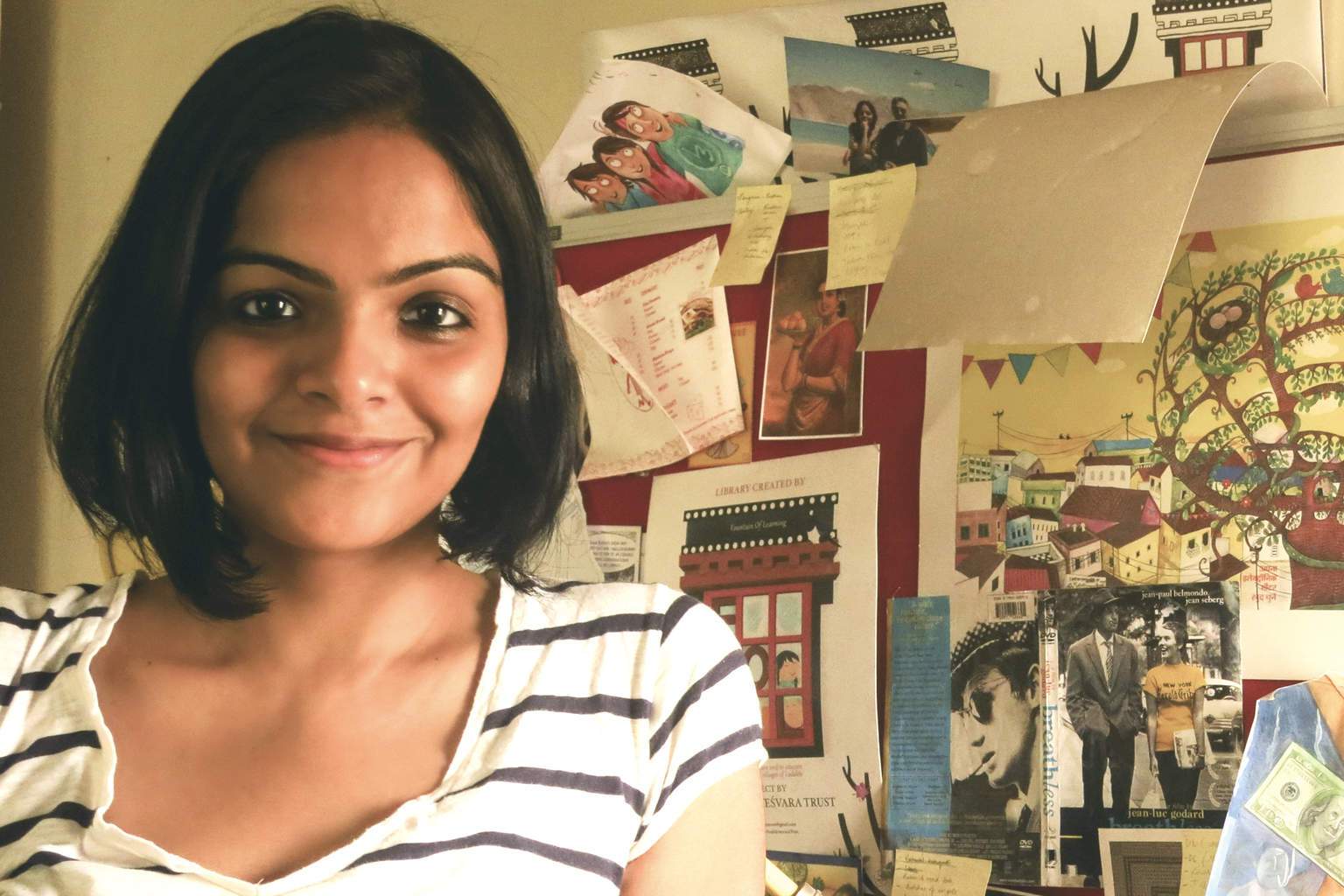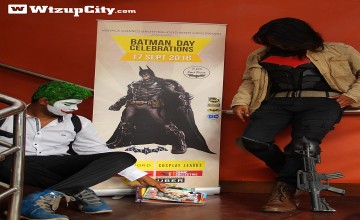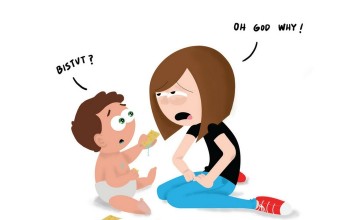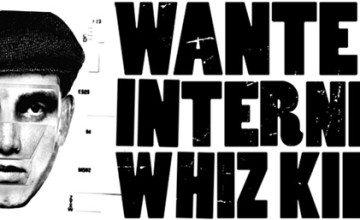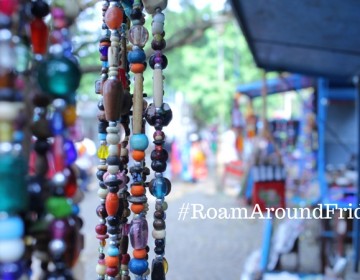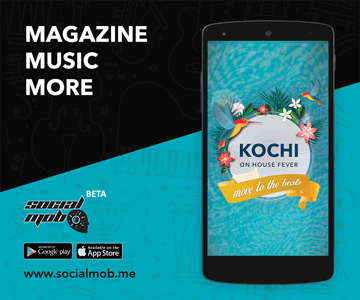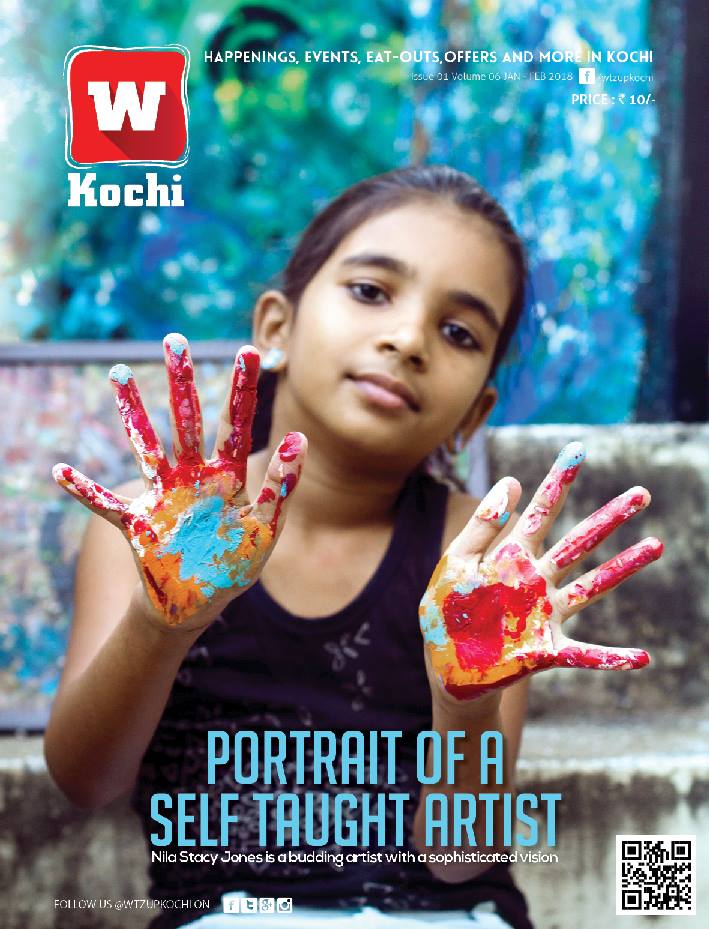In Conversation with Priya Kuriyan About the Art of Children’s Illustrations
- 27 Mar 2017
- Susmitha Suresh
- Features
We all have our passions, but not everyone ends up pursuing them. Do we live life to its grandeur, falling down, getting back up, feeling alive in mind and spirit; or do we end up at some dead end job, barely living, making through each day for reasons we feel entitled to? Priya Kuriyan is of the former. With countless children’s book illustrations, book covers, editorial illustrations, comics, coloring books and much more to her name, this artist who calls Kochi her home for now, is an embodiment of what passion can make you as a person. WtzupCity got in touch with her to know more about her story, experiences and the art of drawing for children.
How would you describe yourself?
I’m basically a children's book illustrator. I like dabbling in comics once in awhile. I used to be based in Delhi, but now I’ve moved to Kochi. I’m still deciding on where I should move to next. Probably to Bangalore, but I’ve not decided yet.
What made you chose art, more specifically, children’s illustrations?
I didn’t particularly choose art. As a kid, I would draw a lot. And it just was that I was pretty much rubbish at everything else, so I pursued the only thing I was really passionate and good at. Getting into children’s illustrations just happened. One of the first breaks I got was for a children's book, this was while I was studying at NID. When you do a project in a particular genre, you tend to get works in the same. As you work on something you understand the medium better and you get better at it. At some point, I started enjoying it when I realized that what I was doing was actually important, that it’s not like any other project you’re doing since it’s for kids that are growing up. What they read and see influences their whole personality. That realization came in a bit late, but I’m glad it did.
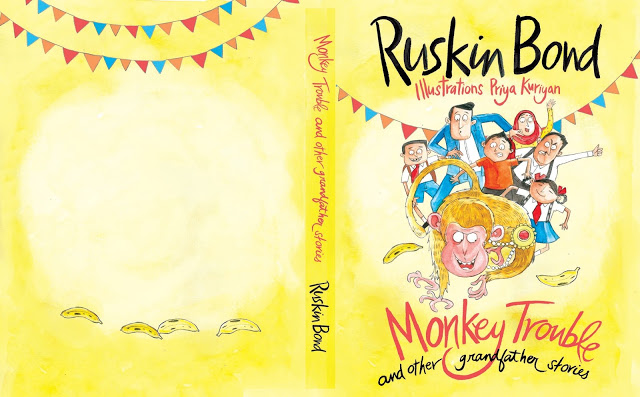
Monkey Trouble and other grandfather stories
What do you enjoy doing other than drawing?
I think I have very boring hobbies. I read, I travel when I can and I try and do a bit of writing as well. I also collect matchboxes. I try and pick up matchboxes from wherever I travel to. It’s a thing that I do, but I don’t really know why.
You’ve got multiple blogs, you illustrate for BBC and many children's books, you’ve published many coloring books and comics. What do you enjoy the most out of the lot?
I actually enjoy doing a mix of things because then you don’t get bored. What comes most naturally is children's book illustrations probably because I’ve been doing that for a while. But once in awhile, I like doing book covers and things like that. When it comes to book covers, it’s just one image and you can experiment with styles and try out something different. And if you like a particular style you did, you can think of adopting that somewhere else. So it’s kinda exciting in that sense. Comics is one form of storytelling. I’ve actually not done as many comics. I’ve also done lots of editorial illustrations for magazines, they’re fun as well as I get to research and read up on a lot of things. So yeah, I pretty much enjoy all of it.
You recently got The Hindu Young World - Goodbooks Best Illustrator Award 2017 for the illustrations in the book Princess Easy Pleasy. What do you feel about that?
It’s nice to receive an award and all. But the best thing about getting an award like that is the fact that an award like that exists for illustrators. It feels good to get a validation for the profession among people like parents and teachers, as they need something like this to accept the profession as something worthwhile. It gives them an assurity that other than just creating drawings, there are other avenues as well for people pursuing art. So it gives a respectability to that. Personally, I don’t require the validation, I might be one of the few people who feels happy with what they’re doing but for those that are just getting into the profession, it is an encouragement.
How did you develop your style of drawing?
I don’t think I developed the style consciously. It’s a process. You start somewhere and then it’s just a matter of time and practice. It develops over the years. Maybe in another 10 years, my style might evolve even further. It might not even look like what it looks like now. It’s a process.
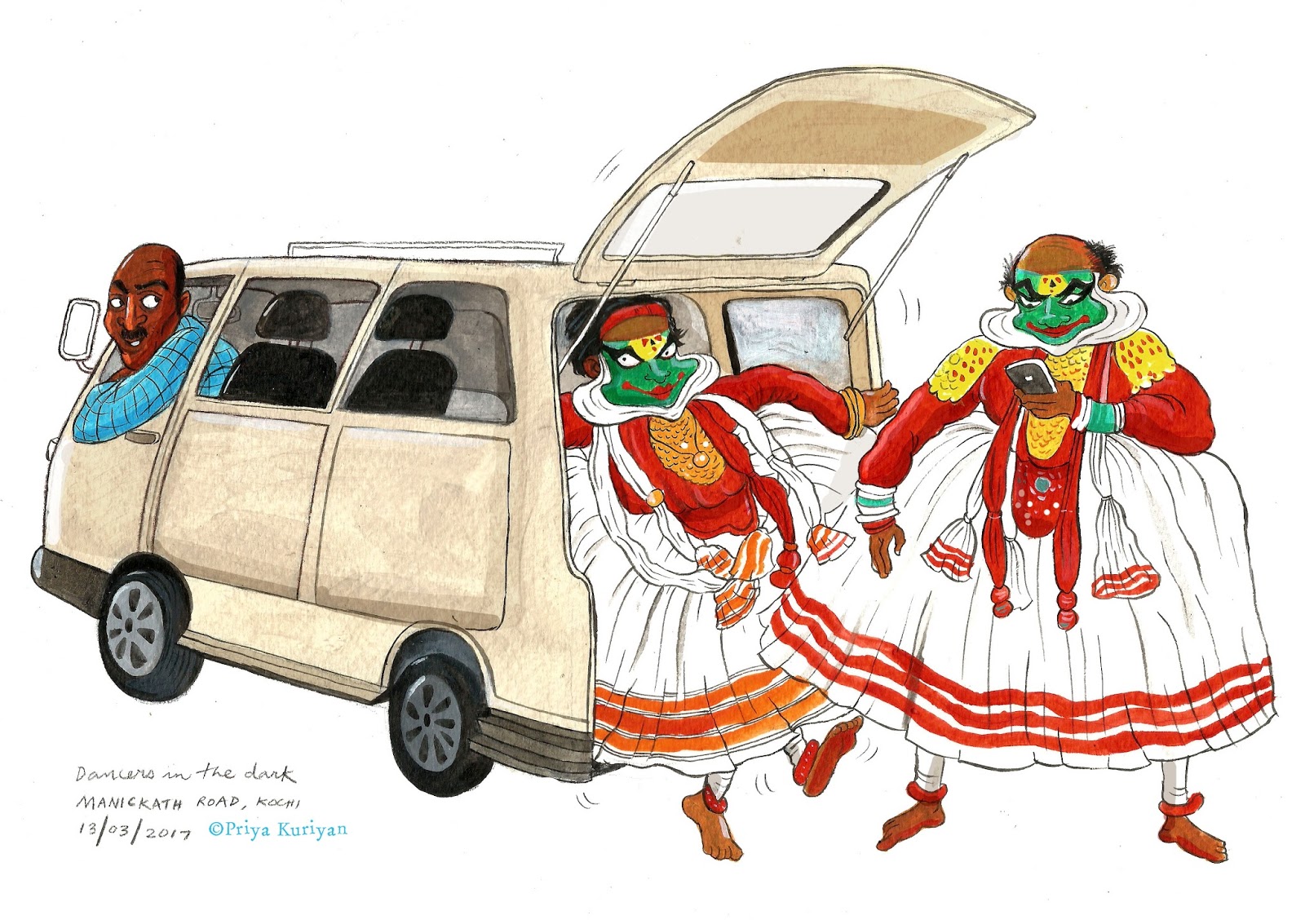
Dancers in the dark: Manickath road, Kochi
You were based in Delhi, but now you’ve moved to Kochi. Can you tell me a bit about both cities and what they mean to you? Also the difference you feel between the two places?
Delhi is much larger than Kochi, but both Delhi and Kochi has this slightly cosmopolitan vibe. Delhi has a huge migrant population when compared to Kochi, but both are a sort of melting pot of culture. But the culture in the north and south are miles apart. People are very different in the north, they’re much louder and it’s a much more aggressive culture compared to the south, that’s something that I have noticed.
What are the challenges you’ve faced in your journey?
Workwise, sometimes it's just difficult to get a good hold when you start, that is, to start building a portfolio. There’s always some point where you just have to do some projects just to build a body of work. That period can be hard because you might have to do some projects that you don’t really enjoy doing, but you have to pay your rent so you kind of slob them anyway. Sometimes you find yourself in positions where your bank balance dips really low. It’s not like a typical corporate job where you know your salary is going to come in every month. In the beginning stages, it's a little hard to be patient during that phase and to keep moving forward.
You chose a career that was different to the norm. What advice do you have for others who are planning to do the same?
The thing is you have to keep at it, be persistent. I know a lot of friends of mine who have done other courses and then come back to doing a course in design or art. If you really want to be an artist, then just do it. Continue practicing despite what other people are telling you to do or to not do. You have to continue to be interested in what you like, you don’t give up on something you love. I do a lot of workshops at schools, so that’s another thing. I think it’s important for professionals in this field to go out and speak to parents. If we ourselves are more open to doing that, then the parents might be a little more convinced on the possibilities in this field.
What did Women's Day mean to you, as a person and as a woman? Would you call yourself a feminist?
I don’t really like the idea of a Women’s Day. It always turns out to be this one big corporate event where people capitalize and bombard you with offers on how you can get a nice scarf or treatment for your hair because you’re a woman. So it just turns out to be mostly about things like that. Another thing, it shouldn’t be just one day where women’s causes are spoken about. It should be a continuous campaign. With regard to a lot of advertisement that we see on that day, there’s a huge capitalization on this kind of day that is being made. That’s what makes me uncomfortable. And yes I would call myself a feminist.
Where do you draw your inspiration from for your drawings?
It’s mostly from life around me. It's important to be a good observer of everything that goes around you - politics, news and even the people that live in your neighborhood. Sometimes stories come out of the most boring places. So always be conscious of what’s going on around you. That’s one of the biggest sources of inspiration I get.
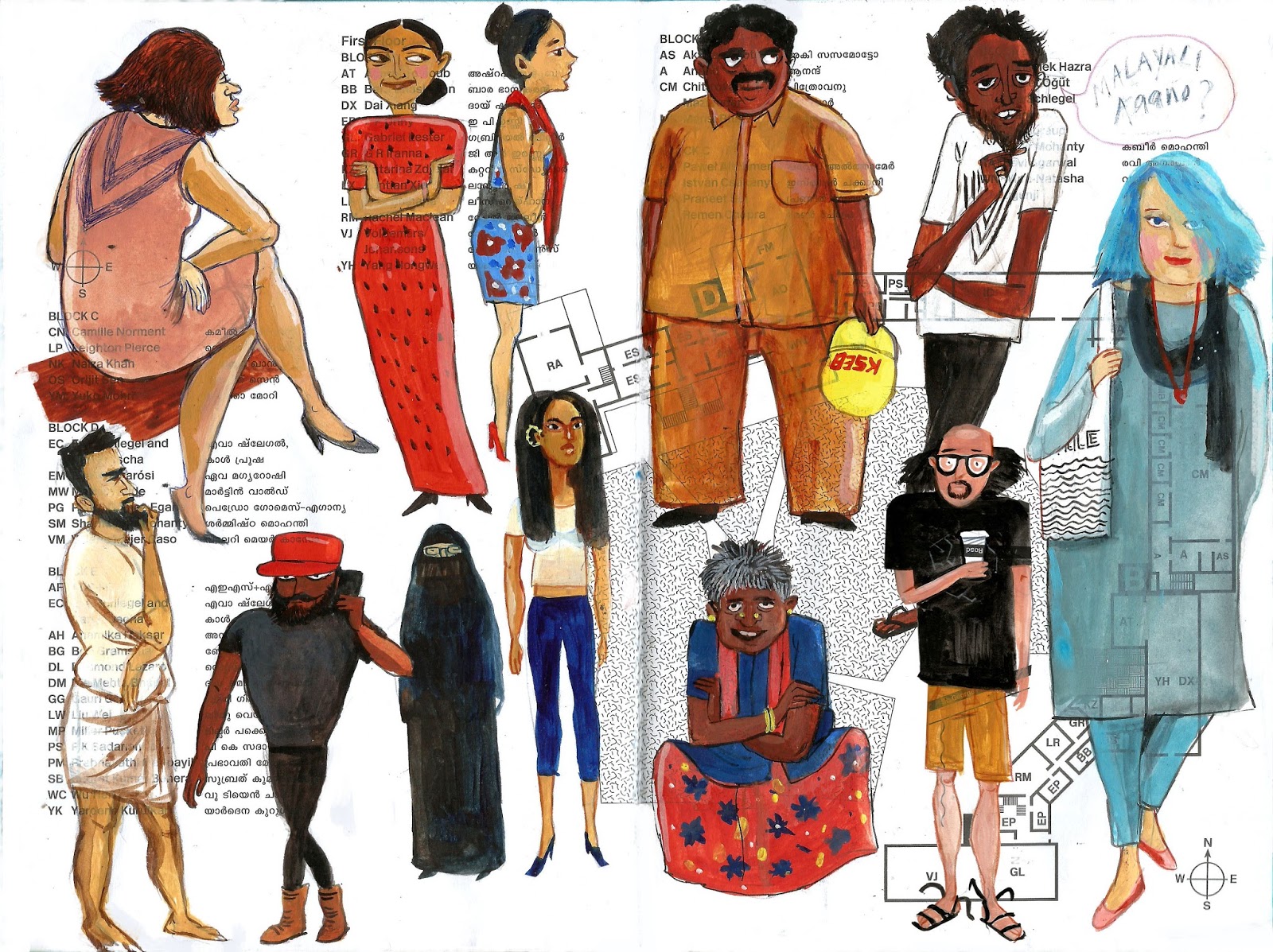
People Spotting at the Kochi Biennale
What are your plans for the future?
I’m currently working on some personal projects. I’m trying to write my own children's books. One of them should be out in the next couple of months. It’s a wordless picture book. I should have done it much earlier, but it's taking a little more time than I expected. Then there is a comic I’m currently working on for First Hand, an anthology of nonfiction comics. The first volume was out last year and I’m doing illustrations for a story for the second installment. It’s about the Muzaffarnagar riots that happened in 2013 and is written by a journalist.
Did you have moments in your life when you felt like giving up? If so, what made you continue?
There was nothing else that I liked to do better.and the thing is if you enjoy something nothing else matters. If you really want to do something, you’ll find a way to do it. My family was pretty supportive about my career decisions. I might have been luckier than a lot of people. I drove myself. I decided for myself. And the thing is, you have to be confident about your decisions. If you yourself are doubtful about what you’re doing, then no matter what you will never be able to invoke a sense of confidence in other people of your own abilities. And as I said before, I really wasn’t great at anything else, so that kind of made it impossible for me to give up.
Something unforgettable that inspired you?
There’s many. In this profession, you meet a lot of people who inspire you. One that I’ll never forget was the moment when I started to take the children's book illustrations seriously. I met this really senior children's book illustrator. He used to illustrate for this magazine that I used to read a lot as a kid, called Target. His name is Atanu Roy. So I met him and he showed me his old works, the impact he’s had. And it just drove me to a realization that I, was in fact, doing something pretty profound.
A very warm personality coupled with a friendly countenance, she was a delight to talk to and get to know. Priya Kuriyan has come a long way in her career and serves as an inspiration for many who are still struggling to find their footing.
Words By Susmitha Suresh
Photos From Various Sources
